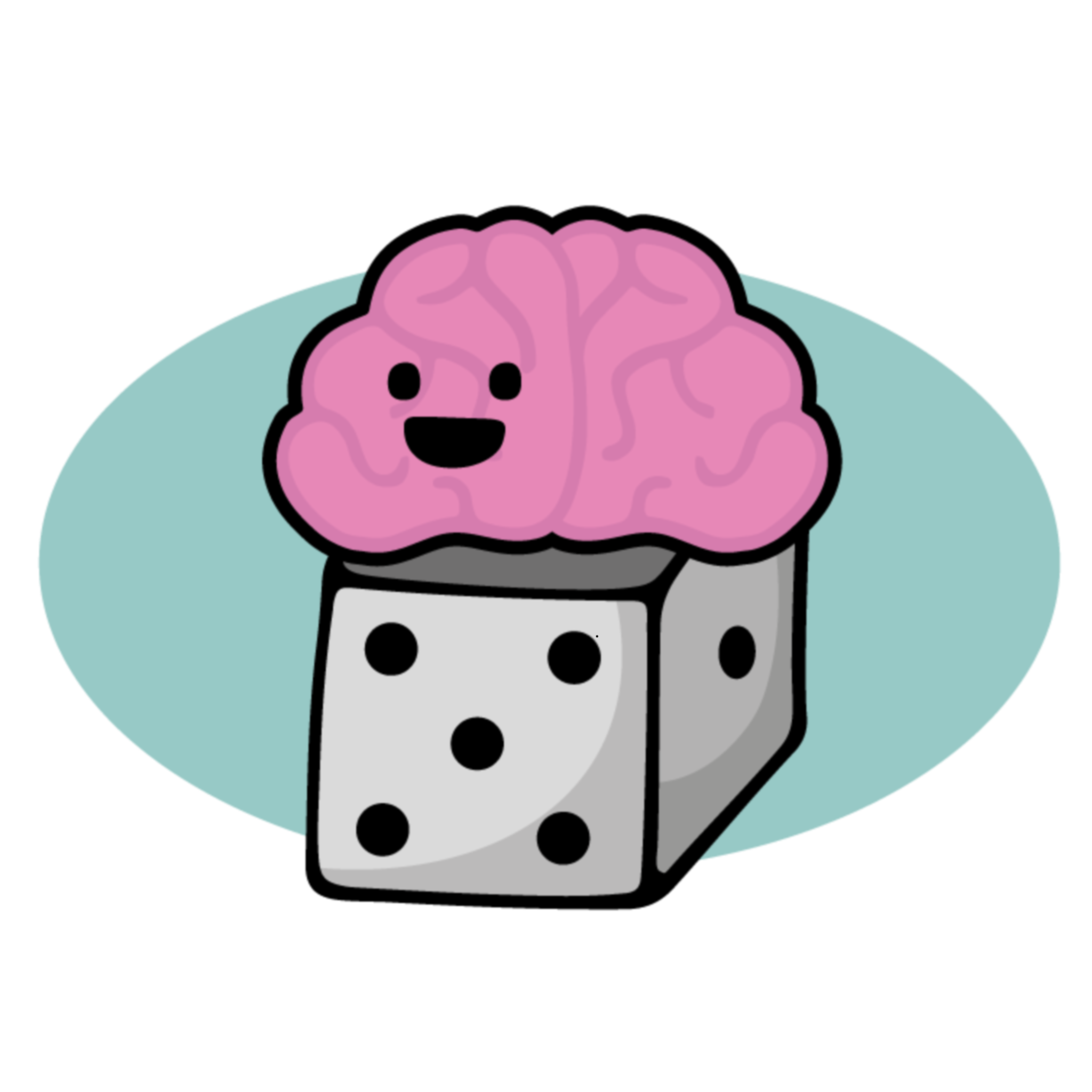Can Sign Language Help Young Kids Get Their Needs Met?
 It has become cliché to say that relationships thrive on good communication. However, in this particular case it is more than the cliché, but a truth that can be observed throughout our lifespan. While we often hear about good communication with regards to couples or parent-child relationships, research over the years has repeatedly shown that communication is just as important in the very early years of life. Children with better language skills are more likely to get their needs met by their caregivers.
Recent research by Claire Vallotton published in the journal Infant and Behavior Development sought to determine whether infant communication influences the quality of the care they receive from non-parental caregivers.
It has become cliché to say that relationships thrive on good communication. However, in this particular case it is more than the cliché, but a truth that can be observed throughout our lifespan. While we often hear about good communication with regards to couples or parent-child relationships, research over the years has repeatedly shown that communication is just as important in the very early years of life. Children with better language skills are more likely to get their needs met by their caregivers.
Recent research by Claire Vallotton published in the journal Infant and Behavior Development sought to determine whether infant communication influences the quality of the care they receive from non-parental caregivers.
Dr. Vallotton also wanted to know if teaching sign language to children improved infants and toddlers ability to get their needs met. Teaching children sign language has become more and more popular in recent years. There are certainly many different reasons that a parent might choose to teach their toddler to sign. However, this research wanted to look more specifically at whether it could help the average child get their needs met over and above the gestures and early words that they use.
The results showed that prior to 10 months of age, communication of any kind did not make a significant difference in whether or not infants had their needs met. This could have been because of the lack of specificity in the gestures of children prior to 10 months of age, or because regardless of the child’s abilities to communicate, parents are hypervigliant during the first year of life and this compensates for the infants inability to clearly communicate their needs. After 10 months of age, the research supported the idea that the more infants were able to communicate their needs, the more responsive caregivers were. This was also a two-way street. That is, infants who clearly responded to their caregivers’ communications received more responsive care. Kids who were taught sign language only began to receive greater responsiveness to their needs from non-parental caregivers after 15 months of age. Therefore the research suggests that there is a window between 15 months of age and the development of children’s vocabulary within the 2nd and 3rd years of life, where sign language can help make non-parental caregivers more responsive to their needs.
Vote for The Family Anatomy Podcast at Podcast Alley and for the blog at Blogger’s Choice!
Note: Posts on Family Anatomy are for education only. If you need to talk to someone about family or mental health issues, you can get a referral from your family doctor.
